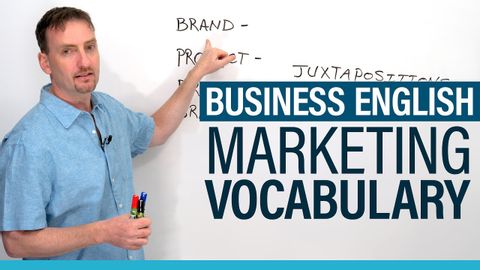プロフェッショナル&ビジネス英語マーケティング (Professional & Business English: Marketing)
Summer が 2020 年 10 月 08 日 に投稿  この条件に一致する単語はありません
この条件に一致する単語はありません- n. (c./u.)集まり;仲間
- v.t.まとまる
- v.t./i.束ねられる
US /ˈrek.əɡ.naɪz/
・
UK /ˈrek.əɡ.naɪz/
- v.t.(~が本当であると)認める : 受け入れる;(重要性を)認める;法的権威を尊重する;公にその人の貢献を称賛する;認識する、認知する
US /dɪˈlɪbərɪt/
・
UK /dɪ'lɪbərət/
- adj.事前によく考えた;意図的な;慎重な
- v.t./i.審議する
US /ˈbesɪkəli,-kli/
・
UK /ˈbeɪsɪkli/
エネルギーを使用
すべての単語を解除
発音・解説・フィルター機能を解除
